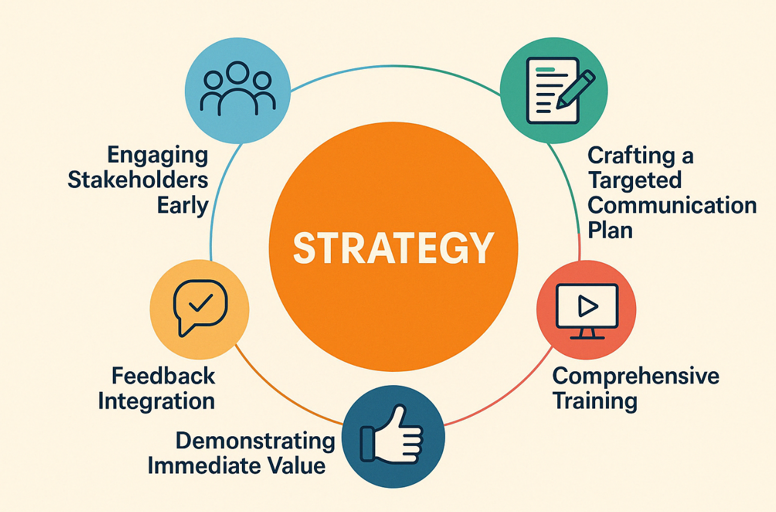
The way businesses manage their workforce is evolving rapidly. Today, companies are looking for smarter and more efficient ways to handle human resources (HR) operations. One of the key enablers of this shift is the employee self-service (ESS) portal. Designed to simplify and automate everyday HR tasks, ESS portals are becoming an essential first step toward complete HR automation.
Employee self-service portals are online platforms that allow employees to manage a variety of HR-related functions without the need for direct interaction with HR personnel. From applying for leave to updating personal information or accessing pay stubs, these portals empower employees and lighten the administrative load on HR departments. For businesses aiming to introduce hr automation software or move toward full-scale human resources automation, an ESS portal is often the starting point.
These platforms offer many benefits that help organizations streamline operations. First, they reduce manual HR work by giving employees direct access to tools and information. This frees up HR professionals to focus on strategic tasks like talent development, employee engagement, and policy improvement. In addition, it helps eliminate errors that are common in paper-based or manual data entry systems. ESS portals act as a bridge between employees and HR systems, creating a seamless digital experience.
One of the key drivers of adoption is the improved employee experience. Modern workers expect the same convenience at work that they experience in their personal lives when using mobile apps or online services. When employees can complete simple tasks—like checking their leave balance or downloading tax forms—with just a few clicks, it improves satisfaction and engagement. This aligns well with the broader goals of human resources automation, which include not only operational efficiency but also better workforce management.
From a compliance perspective, ESS portals also bring significant advantages. They ensure that all employee data is captured accurately and stored securely. With role-based access and digital records, businesses can maintain strong audit trails and meet regulatory requirements with less effort. These features contribute to a more robust and reliable hr automation software framework, allowing companies to maintain transparency and accountability across the board.
For HR teams, automation begins by reducing the number of repetitive and time-consuming tasks. Instead of answering dozens of emails about vacation balances or benefits enrollment, HR staff can focus on planning, training, and organizational growth. This shift improves productivity and also elevates the role of HR from administrative support to strategic business partner.
Another advantage of implementing self-service portals is scalability. As a company grows, manual HR processes often become a bottleneck. But with an ESS portal in place, new employees can onboard themselves, access digital training materials, and even complete forms online—no printing or scanning needed. This forms the foundation of a scalable human resources automation solution that grows with your business.
It’s also important to highlight how ESS portals contribute to data-driven decision-making. Because the data is captured in real time and stored in one place, HR teams can generate insights from employee behavior, time-off patterns, and workforce trends. These insights are valuable for workforce planning, policy updates, and performance management, and they play a key role in aligning HR strategy with business goals.
Moreover, ESS portals can be integrated with other business systems, like payroll, performance tracking, or learning management systems. This level of integration allows companies to build a connected and efficient hr automation software environment. It eliminates the need for duplicate data entry, reduces chances of errors, and ensures consistency across systems.
To get the most out of an ESS portal, companies should ensure that the platform is user-friendly, mobile-optimized, and customizable. Providing training to employees and gathering their feedback can also go a long way in ensuring successful adoption. When the system is intuitive and accessible, employees are more likely to use it consistently, making the transition to human resources automation smoother and more effective.
In conclusion, employee self-service portals are more than just digital convenience—they represent a major step forward in the journey toward HR automation. By giving employees more control over their personal information and routine HR tasks, companies free up valuable time for strategic initiatives. At the same time, these portals lay the groundwork for adopting more comprehensive hr automation software and human resources automation practices that will drive business growth, enhance compliance, and improve employee engagement in the long run.